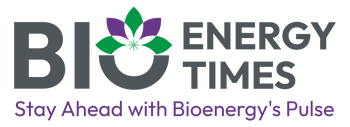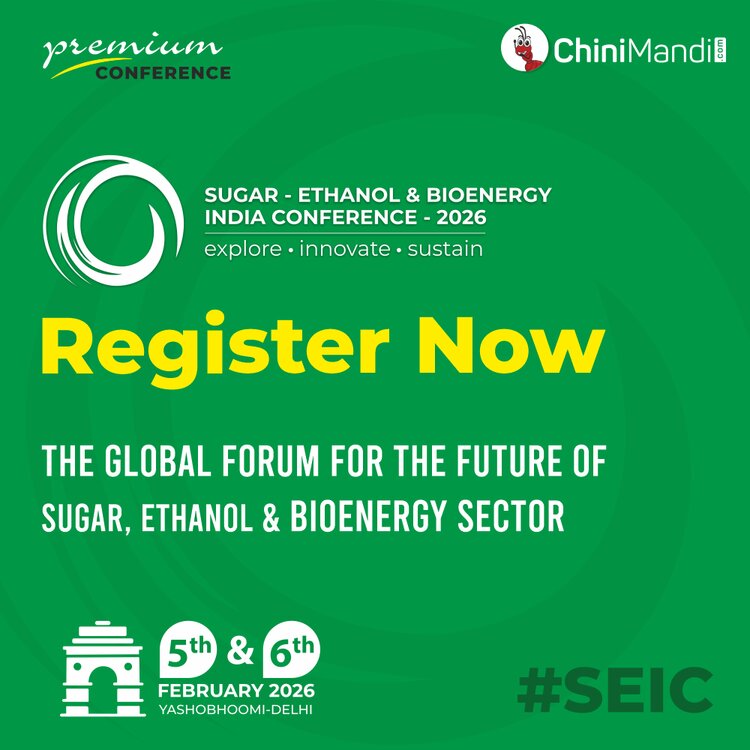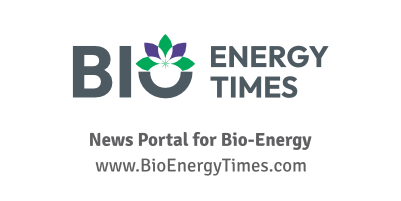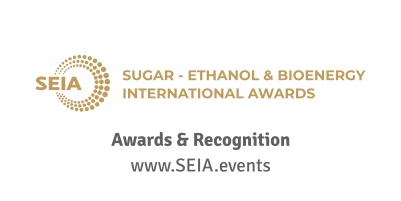Syzygy Plasmonics, a global leader in electrified biogas-to-SAF (Sustainable Aviation Fuel) technology, has announced the launch of Front-End Engineering and Design (FEED) work with Kent for its groundbreaking NovaSAF 1 facility—the world’s first electrified biogas-to-SAF plant. This facility aims to set a new standard for scalable, low-cost sustainable aviation fuel production, propelling Syzygy’s mission to tap into the global potential of converting biogas into SAF using clean electricity.
Located in Durazno, Uruguay, NovaSAF 1 will produce over 350,000 gallons of ASTM-certified SAF annually, marking a major step forward in the development of cost-effective, scalable clean fuel. The project is supported by long-term feedstock and site agreements with Estancias del Lago (EDL), one of Uruguay’s largest dairy and agri-energy companies. Permitting and equipment sourcing are progressing, with Kent leading the front-end engineering work.
Powered by Syzygy’s proprietary NovaSAF™ platform, the facility integrates biogas and Power-to-Liquids (PtL) technologies, utilizing waste as feedstock. This process eliminates the need for pipelines or expensive separation processes, while achieving ultra-low water use and carbon intensity. Syzygy’s electrified pathway may qualify as a Renewable Fuel of Non-Biological Origin (RFNBO) to meet EU regulations. A standout feature of NovaSAF™ is its ability to provide both social and environmental benefits at a production cost lower than traditional SAF alternatives such as HEFA, ATJ, or PtL, making it a scalable, sustainable, and economically viable solution for the aviation industry.
“This isn’t just a SAF plant; it’s a new model for biogas economics,” said Trevor Best, CEO of Syzygy Plasmonics. “We’re unlocking a global resource of underutilized biogas sites and transforming them into high-value clean fuel hubs—without relying on pipelines, costly gas separation, or subsidies. We believe NovaSAF™ is one of the few feasible pathways to producing SAF at Jet-A parity and decarbonizing air travel.”
Project Overview
Feedstocks: Biomethane derived from cow manure and CO₂, renewable electricity, and steam
Fuel Output: Drop-in SAF compliant with ASTM D7566
Annual Capacity: Over 350,000 gallons of SAF
Estimated Carbon Intensity: More than 80% reduction compared to Jet-A
Planned FID (Final Investment Decision): Q4 2025
Commercial Operations Start: Q1 2027
Strategic and Environmental Impact
Over 50% higher SAF yield than traditional thermal biogas reforming processes
Utilizes methane and CO2, both naturally found in biogas, as feedstocks
No pipelines or water-intensive processes required
Designed for modular, exportable replication in biogas-rich regions
Addresses the untapped potential of thousands of global biogas sites
Will comply with EU, US, and CORSIA SAF regulations
“This project underscores our commitment to sustainability and creating local value while advancing Syzygy’s cutting-edge SAF platform,” said Jose Pedro Sanchez, COO of Estancias del Lago. “By combining agricultural waste with Uruguay’s nearly 100% renewable energy grid, we’re making low-cost, abundant SAF a reality.”
“We’re excited to support Syzygy in launching the world’s first profitable biogas-to-SAF plant,” added Tom Bullard, EVP Operations for The Americas at Kent. “This milestone is a testament to Kent’s global capability in delivering complex, innovative energy projects.”
















